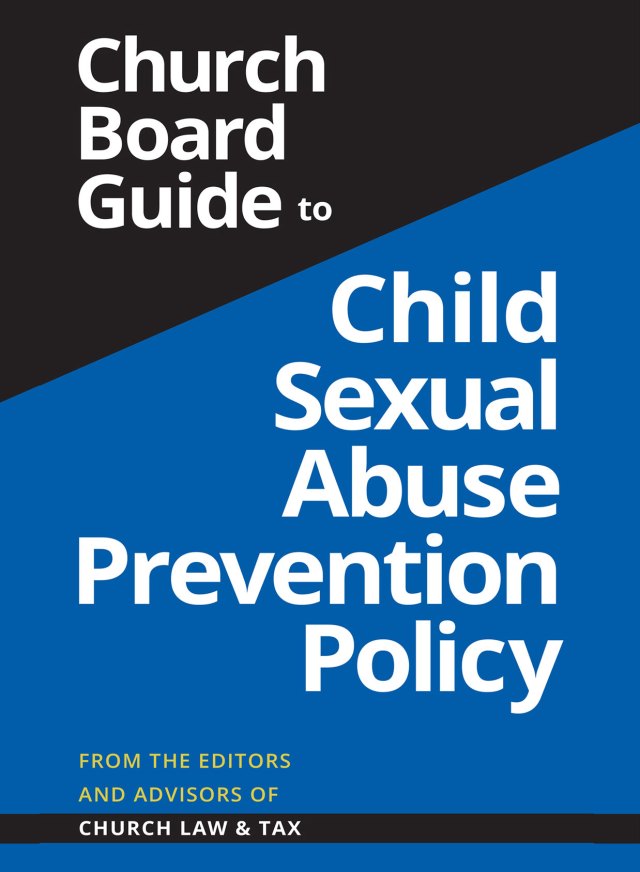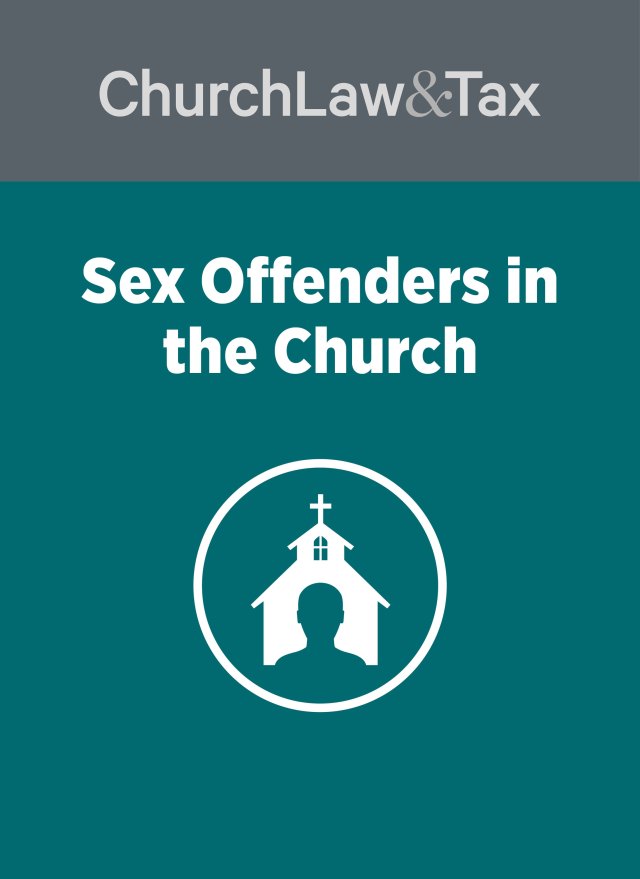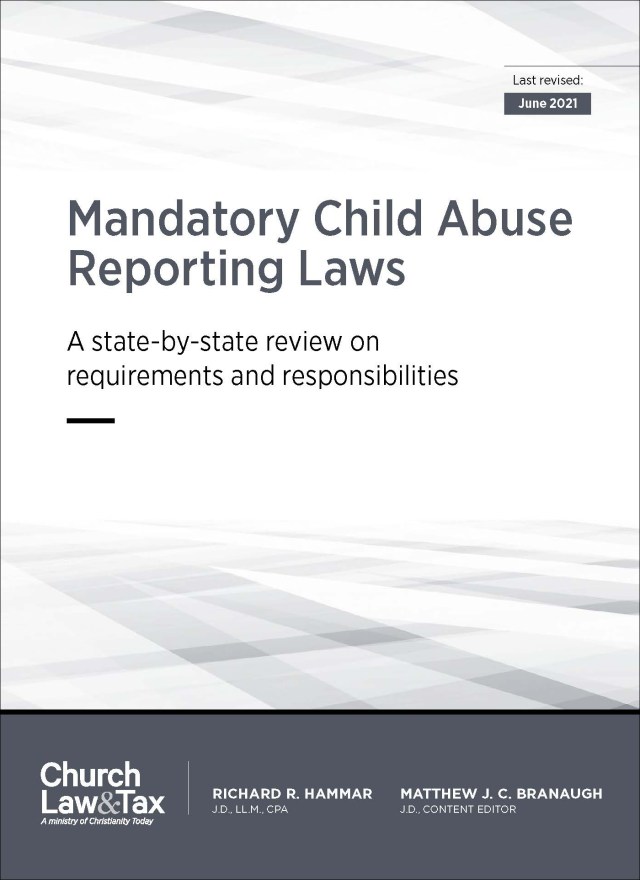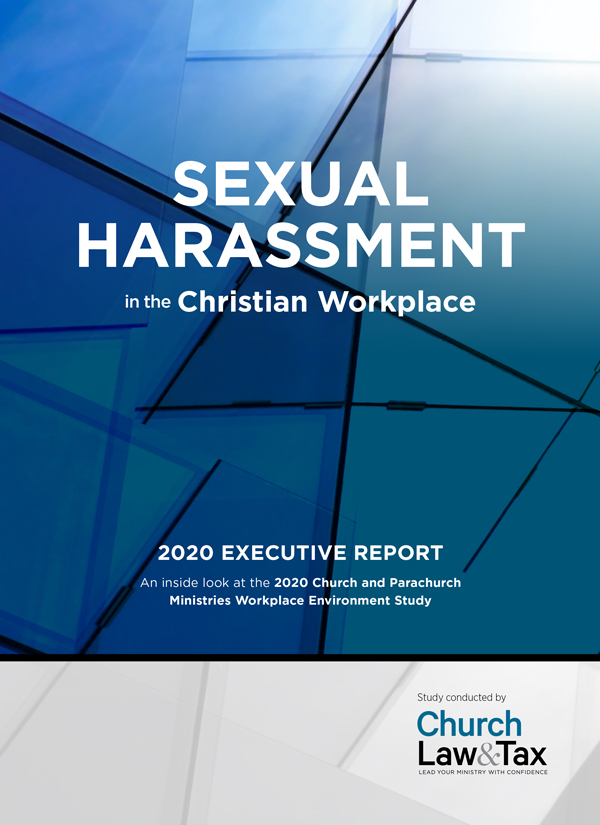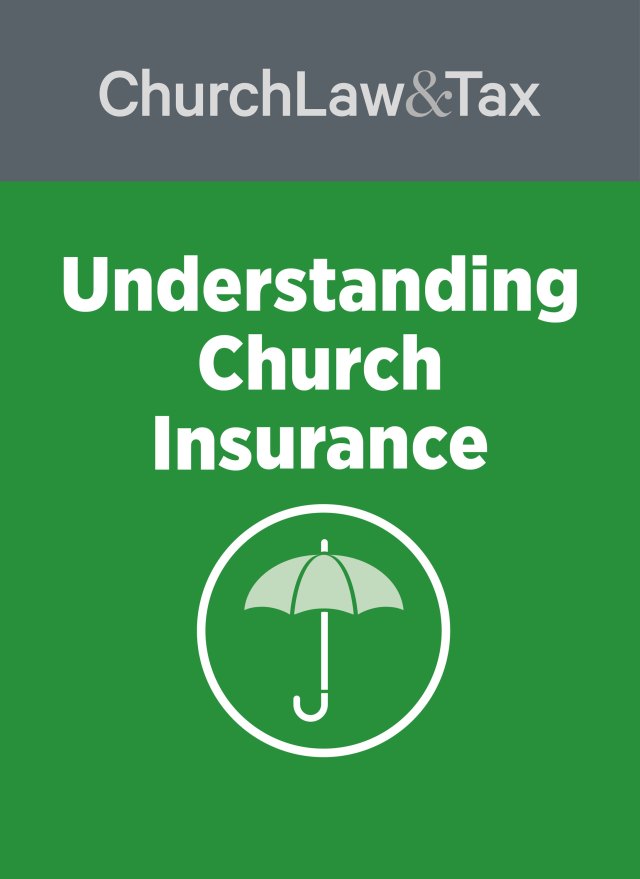As a pastor or church administrator, you make plans and preparations for the church as part of your job. You might be great at planning a sermon series, special services like Easter, and events or mission trips. You might be successful at planning for your pastor’s retirement or outlining a church budget for the upcoming year.
But like most people, church leaders likely do not spend as much time thinking about child abuse and sexual harassment—and that probably means many may not spend as much time as they should developing prevention and response plans if a case of abuse or harassment occurred in their churches.
Child abuse and sexual harassment aren’t new tragedies, but due to recent media coverage, they are gaining newfound attention. From the USA Gymnastics scandal to the emerging #MeToo movement on social media, new cases seem to unfold each week. A #ChurchToo movement is also starting to spread, which specifically addresses sexual harassment and abuse issues in church environments.
Now is the time for churches to respond. Now is the time to create a plan for your church to help prevent child abuse and sexual harassment.
Here are three things you should consider when creating sexual harassment and child abuse prevention plans in your church.
1. What would a sexual harassment policy look like in our church?
Maybe there’s been a sexual harassment scandal in your church’s past. Maybe you have church members who have been sexually harassed in their own workplaces. Whatever your church staff or church members have dealt with, it’s important to acknowledge what has happened and work to prevent such incidents from happening again.
You can begin to craft a sexual harassment policy for your church by asking these questions:
- What is sexual harassment?
- How common is it?
- When is an employer liable for sexual harassment?
- What terms should be included in a sexual harassment policy?
You can find more about creating a sexual harassment policy in “Creating Sexual Harassment Policies for Church Workplaces.”
2. Be aware of your state’s child abuse reporting laws.
Every state has child abuse reporting laws, and they are all different from each other. It’s important to know what the laws are for your state. You need to understand what it means to be a mandatory reporter (and which volunteers in your church would qualify as one), how to properly report cases, and the consequences for not reporting a case. You can find more information about these items in “Child Abuse Reporting Laws: 21 Facts Church Leaders Should Know.”
3. Learn best practices for screening and selecting staff and volunteers.
Your staff and your volunteers are the people who will make the biggest difference when it comes to preventing sexual harassment and child abuse in your church. It’s important you have the right people leading—people who will know how and when to report a case, who will challenge policies or procedures they don’t feel are protecting your members.
Learn more about screening, selecting, and training your staff and volunteers in our newly revised Reducing the Risk training program.
Good planning can prevent a tragedy. And should a tragedy still occur, despite efforts to prevent it, the preparation can better situate a church to respond well. Thinking about sexual harassment or child abuse in your church isn’t fun or easy, but it’s better to plan in advance than to be surprised and caught off-guard should something happen.

